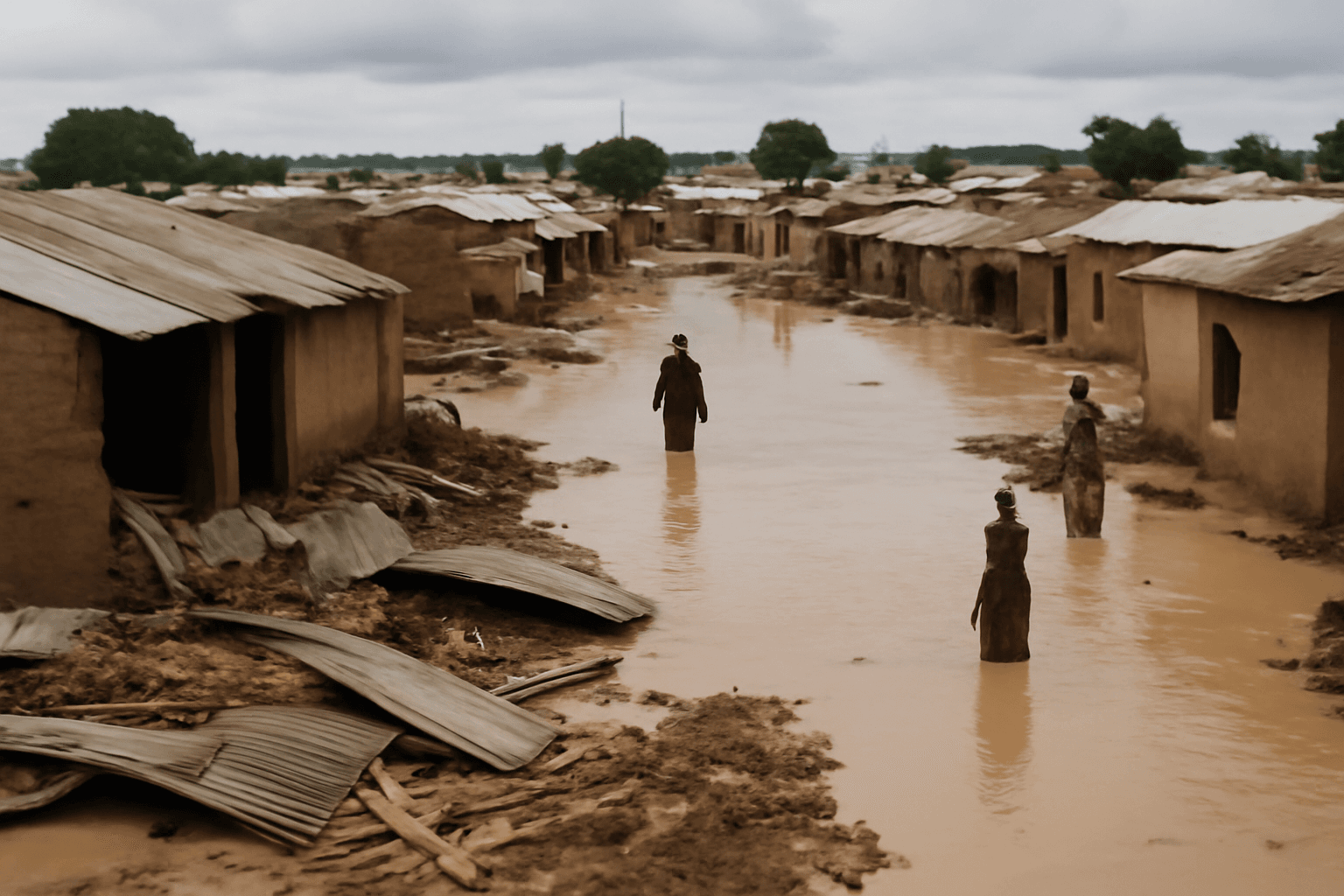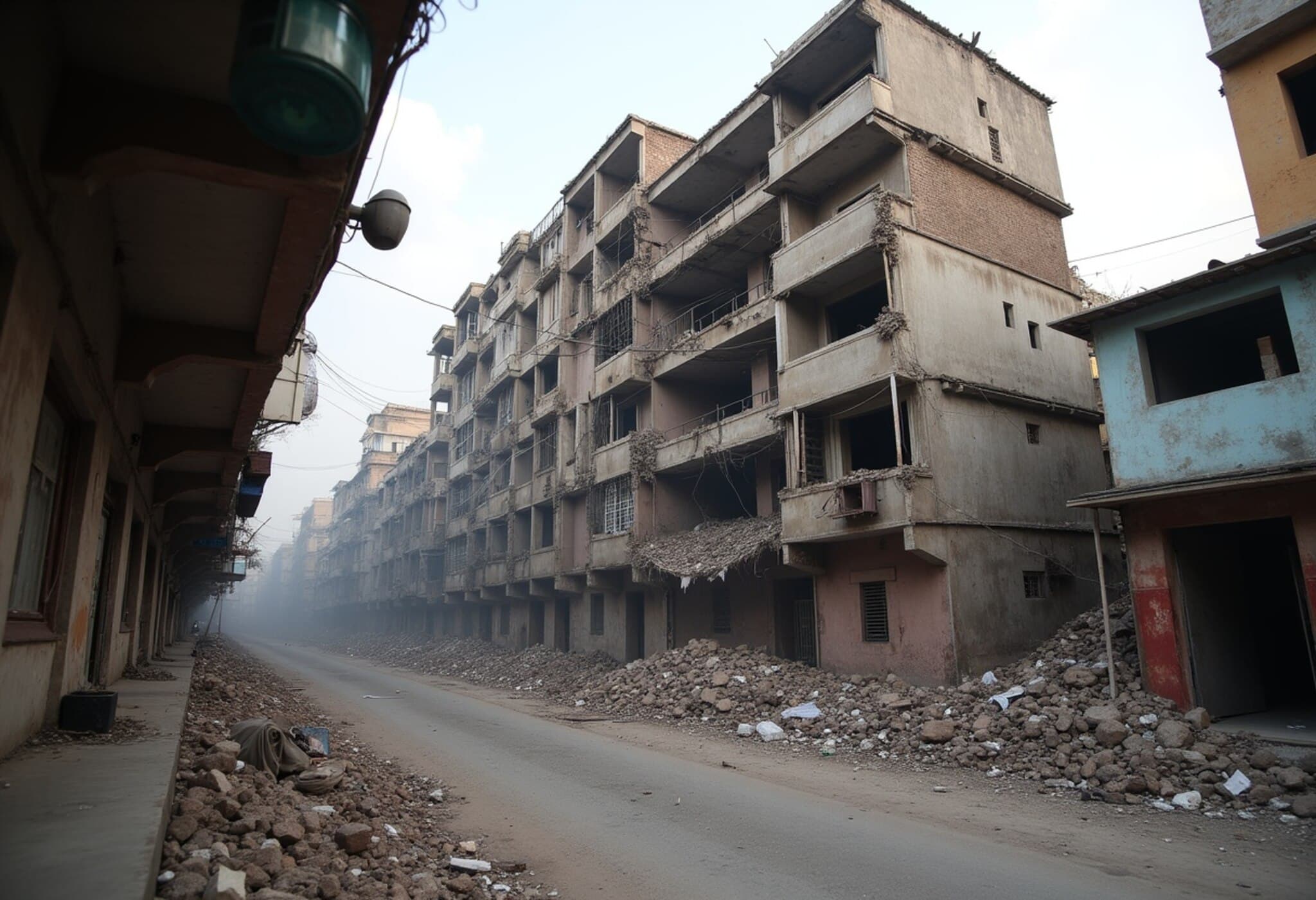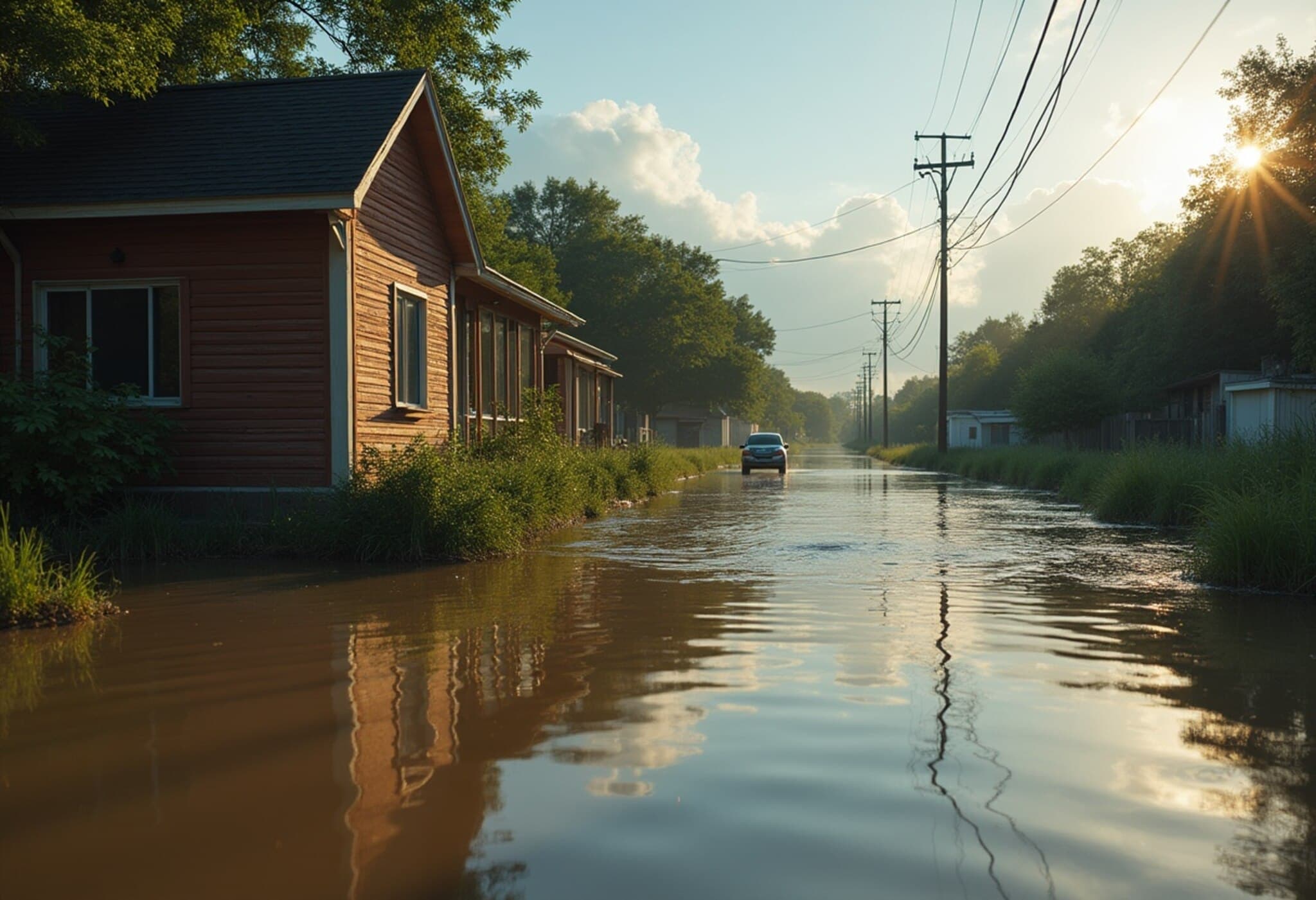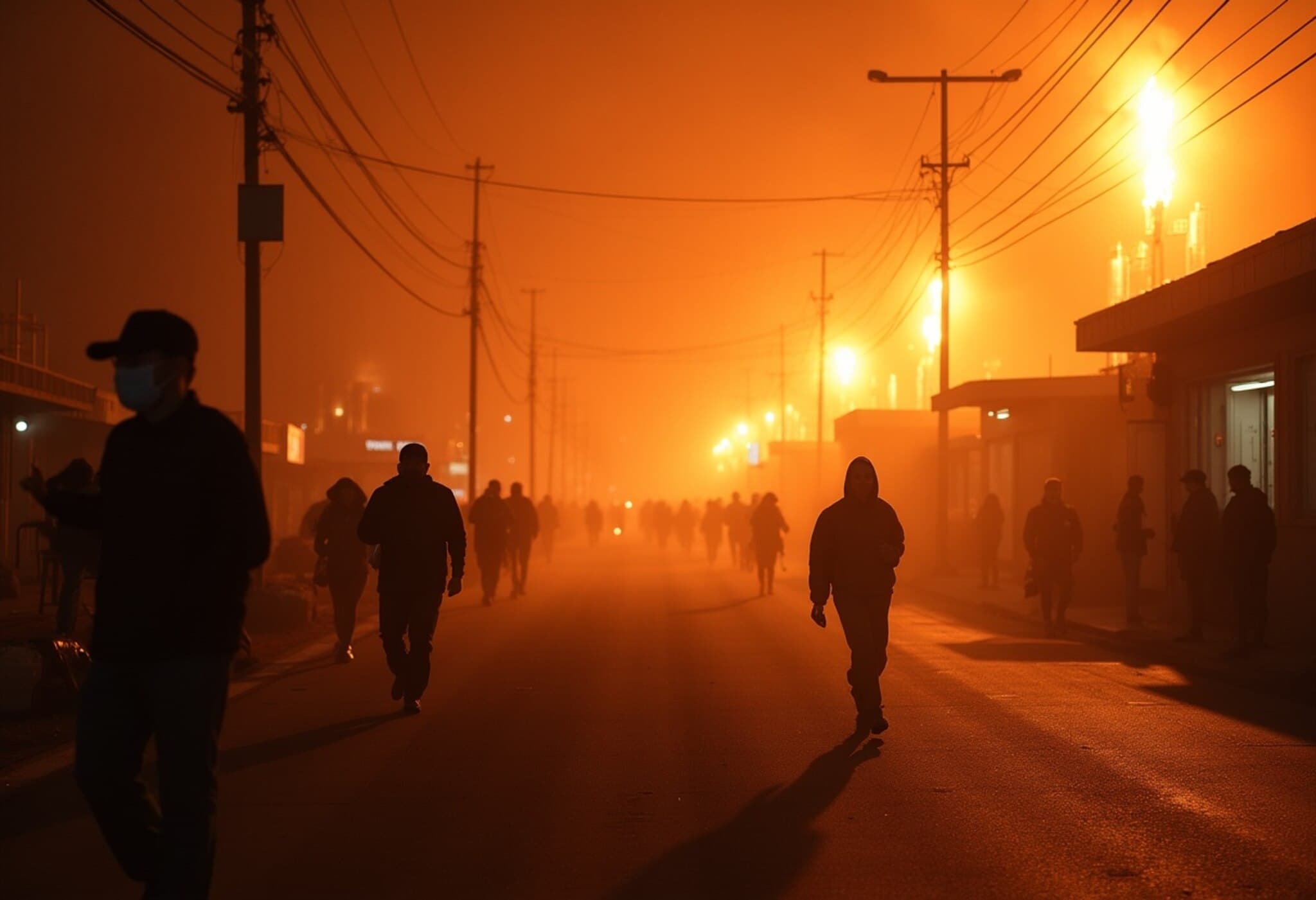Tragic Loss at Camp Mystic as Texas Flash Floods Kill Nearly 90
The heart of Texas Hill Country is mourning a harrowing disaster after devastating flash floods claimed nearly 90 lives over the July Fourth weekend, including 27 campers and counselors from the historic Camp Mystic. As rescue teams and volunteers comb through debris-strewn rivers and forests, the full scale of the tragedy continues to unfold.
Unrelenting Waters Sweep Through Sleepers in the Dead of Night
In the early predawn hours, a sudden deluge transformed peaceful streams into torrents. The Guadalupe River, which borders Camp Mystic, rose dangerously fast, sweeping away cabins, tents, and trailers before their occupants could escape. The camp, with a century-long history as a sanctuary for young girls, was tragically caught in the flood's path.
More than 1,000 volunteers have joined official search-and-rescue teams in Kerr County, tirelessly sifting through tangled branches, discarded mattresses, and wrecked vehicles. Survivors recount clinging to trees and debris to survive the brutal currents that tore through the area.
The Human Toll and Families’ Desperate Search
As of Monday, officials confirmed 75 bodies recovered in Kerr County alone, including 27 children. Additionally, fourteen more fatalities have been reported across neighboring counties such as Travis, Burnet, Kendall, Tom Green, and Williamson. Authorities warn that the death toll is likely to rise further with dozens still missing.
Families have been allowed to visit the devastated site, confronting the wreckage and hoping for miraculous reunions. Emotions run raw; one teenager was seen silently mourning as she and her family drove away from the camp. Stories like that of Reagan Brown’s elderly parents, who heroically rescued a trapped neighbor and sheltered others on higher ground, highlight acts of human courage amid the destruction.
Warnings and Preparedness: Unanswered Questions
The National Weather Service had issued flood watches and warnings in the days leading up to the flood, including rare flash flood emergencies early Friday morning. Yet, the intensity and rapid onset overwhelmed preparations. A key challenge cited was limited cellphone coverage in the sprawling Hill Country, complicating evacuation efforts.
Governor Greg Abbott confirmed that 41 people remain unaccounted for statewide, and officials pledged to investigate the adequacy of warnings, emergency protocols, and the decision-making by camp operators.
Political and Policy Implications
President recently declared a major disaster for Kerr County and is expected to visit the site shortly. The tragedy also casts a spotlight on federal emergency management policies. Recent budget cuts that affected the Federal Emergency Management Agency (FEMA) and the National Weather Service have sparked debate over whether these reductions impacted preparedness and response capacity.
Senator Ted Cruz emphasized the need to set aside political disputes amid mourning but acknowledged that lessons must be learned to improve future flood response. The catastrophe raises critical questions for policymakers about investing in early-warning infrastructure, communication systems in rural areas, and resilient emergency planning.
Looking Ahead: Recovery and Reflection
As Central Texas braces for potential additional rainfall and flooding in already saturated areas, the priority remains on locating missing persons and supporting survivors and families in grief.
The disaster at Camp Mystic is a sobering reminder of nature’s unpredictable fury and the importance of preparedness, especially in vulnerable communities. It also spotlights the bravery and solidarity of rescuers and volunteers coming together amid unimaginable loss.
Editor's Note
This tragedy in Texas Hill Country underscores the complexities of responding to sudden natural disasters — especially in geographically challenging areas with patchy communication networks. Beyond mourning the devastating loss of life, it compels a deeper look at how emergency warning systems can better reach rural populations, and whether sufficient resources are allocated to disaster preparedness and response. As climate change intensifies extreme weather events, such questions will grow increasingly urgent for policymakers, emergency managers, and communities nationwide.



















